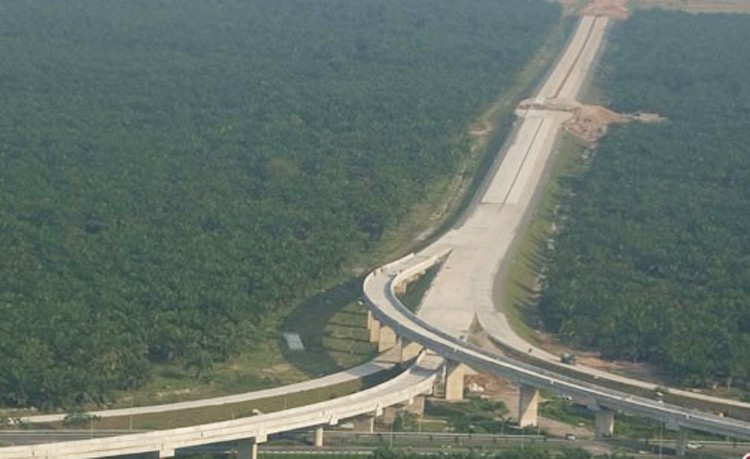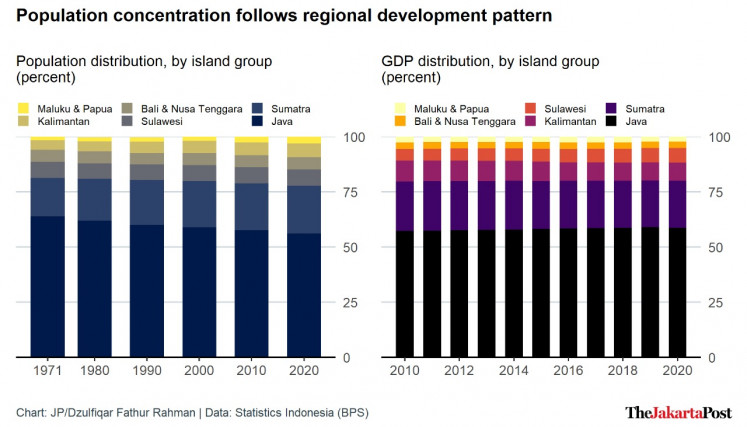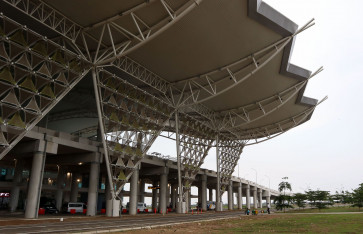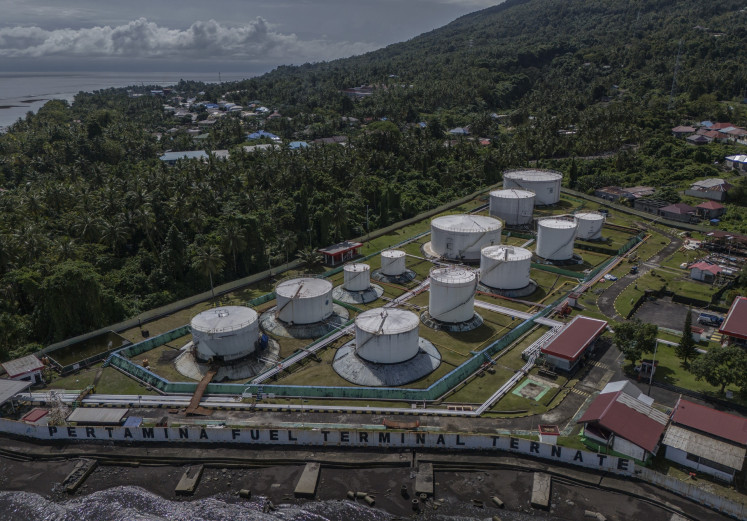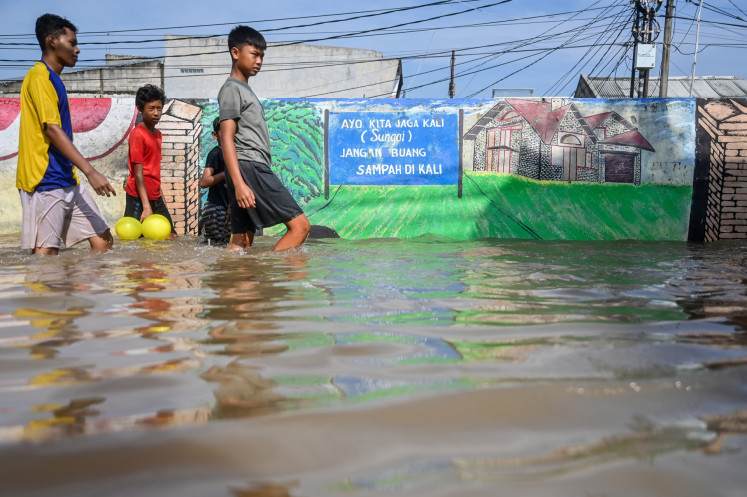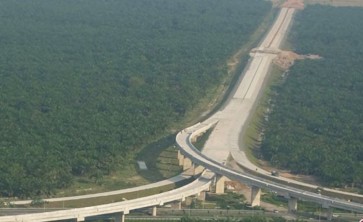Popular Reads
Top Results
Can't find what you're looking for?
View all search resultsPopular Reads
Top Results
Can't find what you're looking for?
View all search resultsIndonesia remains Java-centric despite Jokowi's infrastructure campaign
Java's economic output remains the highest across the country's islands, making it hard to see migration to other cities and provinces outside the country's most populous island.
Change text size
Gift Premium Articles
to Anyone
D
espite the emergence of new urban centers on other islands, the Indonesian population of over 270 million people remains concentrated on Java as other islands still fail to catch up with the development achieved on the country’s most populous island.
Java had roughly 151.6 million people, or around 56.1 percent of the population, as of September last year, according to Statistics Indonesia’s (BPS) latest population census. In contrast, the population of Kalimantan, which has an area four times larger than Java, accounted for 6.15 percent of the total population.
“Inequality in development is one of the factors behind the unequal population distribution,” BPS researcher Nashrul Wajdi told The Jakarta Post on Saturday. “Java remains a ‘magnet’ for migrants from outside the island.”
Read also: Do or die as youth dominate demographics
The concentration of population follows the unequal distribution of Indonesia’s gross domestic product (GDP). Java’s economic output accounted for 58.7 percent of the country’s GDP in the January–March period, followed by Sumatra, Kalimantan, Sulawesi, Bali and Nusa Tenggara, as well as Maluku and Papua.
Transmigration program

